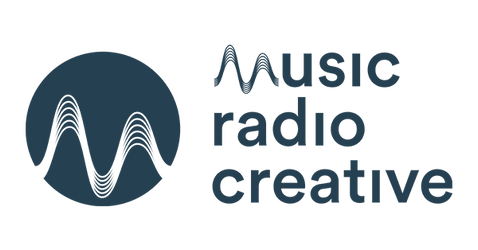
The Evolution of Voice Over Technology - Where Are We Now?
Voice over technology has come a long way since its inception, revolutionizing the way we create and consume audio content. From the early days of radio broadcasts to the sophisticated digital solutions we have today, the evolution of voice over technology has been nothing short of remarkable. In this blog post, we will explore the journey of voice over technology, its current state, and what the future holds. Let's dive in!
The Early Days of Voice Over Technology
Voice over technology began in the early 20th century with the advent of radio. Radio announcers were the first voiceover artists, captivating audiences with their powerful and engaging voices. These early voiceovers were recorded live, with little room for error. As technology advanced, the introduction of magnetic tape in the 1940s allowed for pre-recorded voiceovers, which could be edited and refined.
The Rise of Digital Voice Over Technology
The 1980s and 1990s saw a significant shift in voice over technology with the advent of digital recording. This period marked the transition from analog to digital, bringing with it improved sound quality and greater flexibility in editing. Digital audio workstations (DAWs) became the norm, allowing voiceover artists to record, edit, and produce high-quality audio from the comfort of their studios.
The Internet Era and Home Studios
The rise of the internet in the late 1990s and early 2000s democratized voice over technology, making it accessible to a broader audience. Voiceover artists could now market their services online, connect with clients worldwide, and deliver projects digitally. This era also saw the proliferation of home studios, equipped with professional-grade microphones, audio interfaces, and soundproofing materials, enabling artists to produce broadcast-quality voiceovers from home.
The Emergence of AI Voice Over Technology
In recent years, artificial intelligence (AI) has made significant strides in voice over technology. AI-powered voice synthesis can generate lifelike voiceovers, offering a cost-effective and scalable solution for various applications. While AI voiceovers are not yet a replacement for human voiceover artists, they provide an excellent option for projects that require quick turnaround times or have budget constraints.
At Music Radio Creative, we offer AI voice overs with a human production touch, ensuring that your audio sounds professional and engaging.
Looking to the Future
The future of voice over technology is promising, with several exciting developments on the horizon:
- Enhanced AI Voiceovers: As AI technology continues to evolve, we can expect even more realistic and natural-sounding voiceovers.
- Immersive Audio Experiences: Advances in 3D audio and virtual reality will create more immersive and interactive audio experiences, opening new avenues for voiceover artists.
- Voice Cloning and Customization: Voice cloning technology will allow for the creation of custom voices tailored to specific brands or characters, providing a unique and personalized audio experience.
Conclusion
The evolution of voice over technology has transformed the industry, making it more accessible, versatile, and advanced than ever before. Whether you're looking for a traditional voiceover or exploring the possibilities of AI-generated audio, the options are vast and exciting.
At Music Radio Creative, we offer a wide range of Voiceover Services to suit your needs. Our professional voiceover artists can record your script in various styles, languages, and accents. Looking for corporate audio? No problem! Whether you need a traditional English radio voice or a US movie-style voiceover, we have it all. Additionally, we can add music, sound effects, and post-production to make your audio sound amazing.
Explore the world of voice over technology with us and take your audio projects to the next level!
